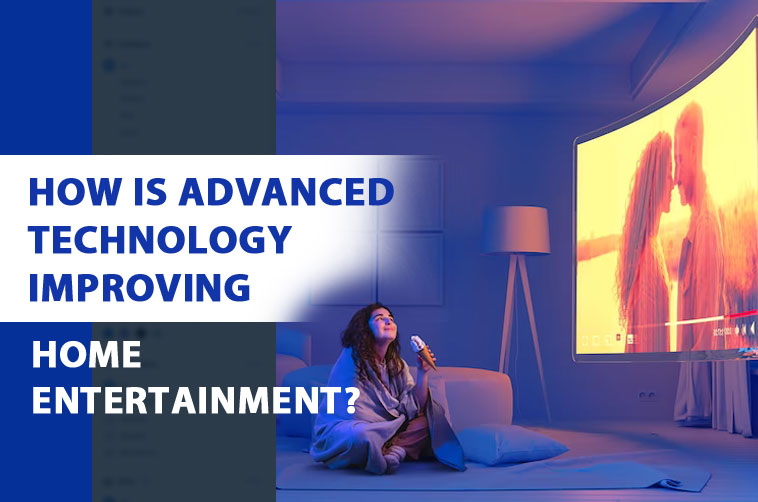In recent decades, the pace of technological innovation has been extremely rapid. For example, home gaming computers ten years ago were far less sophisticated in terms of their processing power, storage capacities, and amounts of both ROM and RAM. Games were complex, but the latest titles’ graphical fidelity and immersive aspects are far superior to those that could be produced a decade ago. In addition, improvements in communication technologies have led to the smartphone becoming one of the key ways to access the internet for entertainment, shopping, and education. Today, millions of apps can help create an utterly unique phone that can undertake hundreds of different tasks. Rapid technological improvements have played a significant role in developing home entertainment to the level available now for billions of consumers. This article considers some key examples of how home entertainment has evolved, thanks to advances in technology.
Algorithms for Bespoke Viewing Suggestions
The movie and TV streaming sector of home entertainment has grown rapidly in the past five years. One of the market leaders of this type of service is Netflix, and it is estimated that around 209 million people globally subscribe to their film and TV streaming platform. Video streaming services benefitted enormously from the recent pandemic; as citizens around the world were subject to movement restrictions, online subscriptions to streaming services increased dramatically. Many of these platforms use advanced technology in the form of complex algorithms to offer bespoke viewing suggestions to their customers. Sometimes customers will be asked to rate the movie or TV series that they have watched (often simply by using a “thumbs up” or thumbs down” button). Over time, their viewing habits and preferences are analyzed and are used to produce incredibly accurate suggestions for future viewing choices that match the person’s tastes.
Faster Internet Connections
Many home entertainment services rely on access to fast and reliable internet connections. For example, people who enjoy online gaming can play competitive matches against other players or larger teams with extremely low latency when sending and receiving digital information, thanks to fast internet connections. This helps to create a seamless online gaming environment that is free of technical problems such as glitches or slowdowns. Having access to super-fast fiber internet connections is vital to play the latest and most demanding online titles. Many gamers ask: is fiber internet better than 5G? At present, it seems that fiber internet is the superior method for fast and reliable internet access as it benefits from lower latency and ping levels and is not vulnerable to interference.
Voice Activated Technology
Voice-activated technology has evolved rapidly in recent years and is now an established part of many home entertainment setups. It is commonly seen in the form of smart speakers, which can be connected to online music streaming services such as Amazon Music and Spotify. The user simply needs to speak the name of the band, album, or song which they wish to hear, and it is almost instantly played on the speaker system. The convenience and functionality of this technology allow it to be placed in many rooms in the home without needing to manually operate it (such as enjoying a relaxing bath whilst listening to a customized music playlist).






